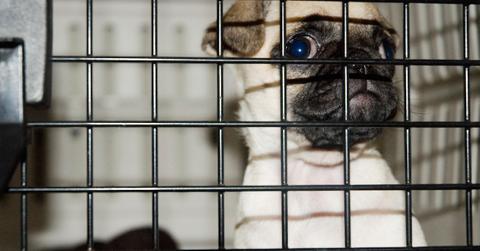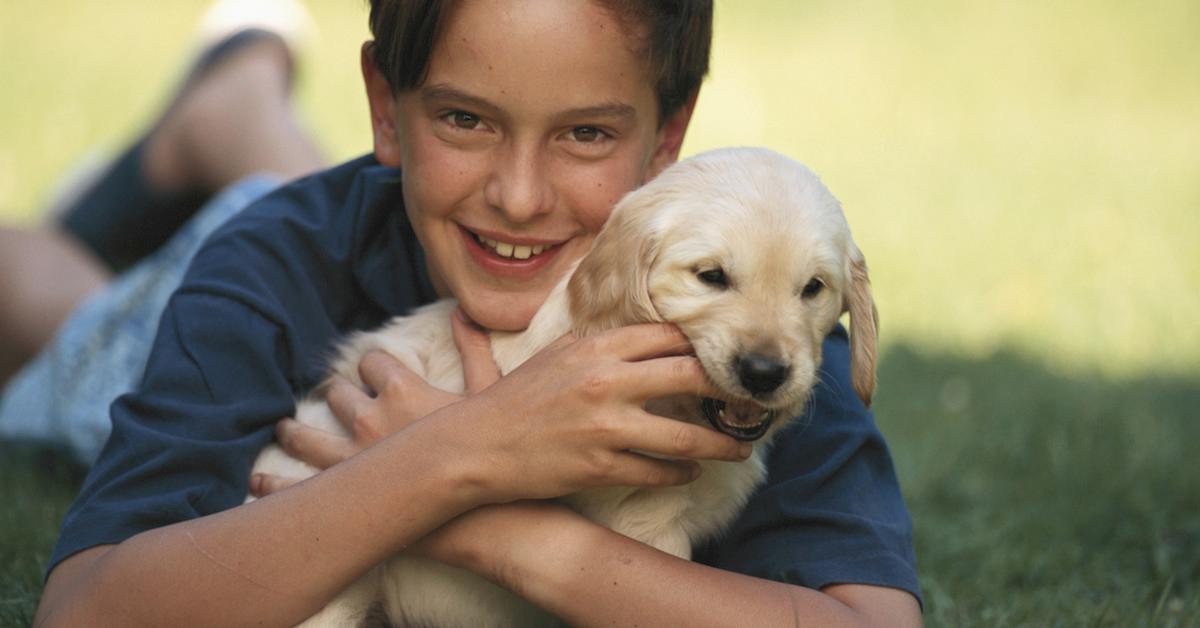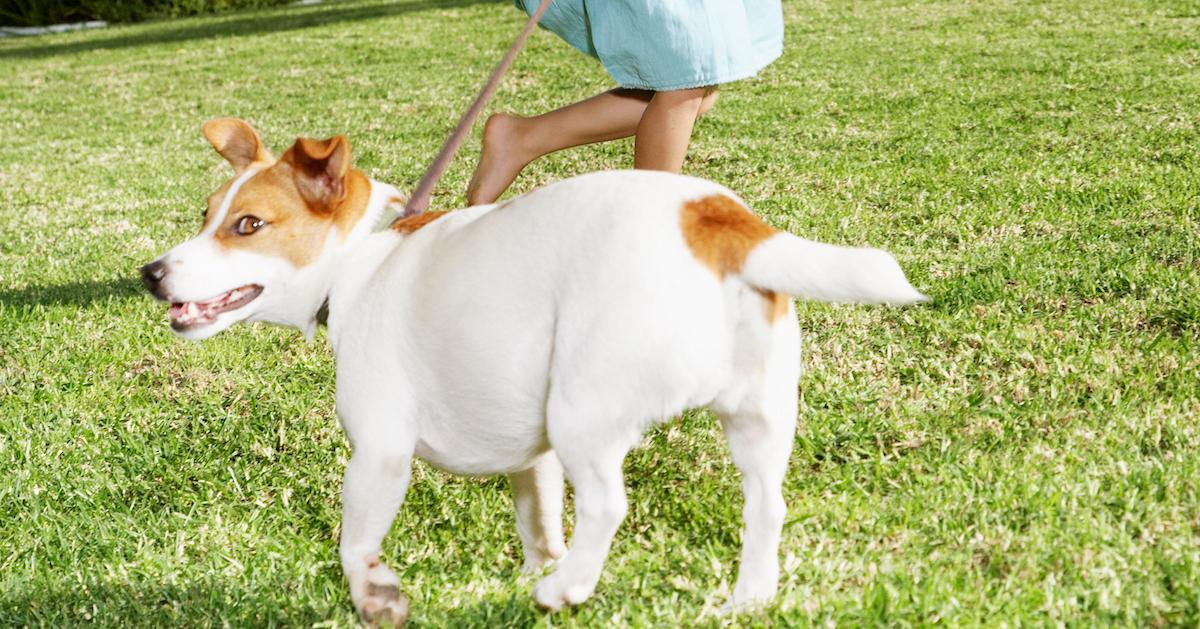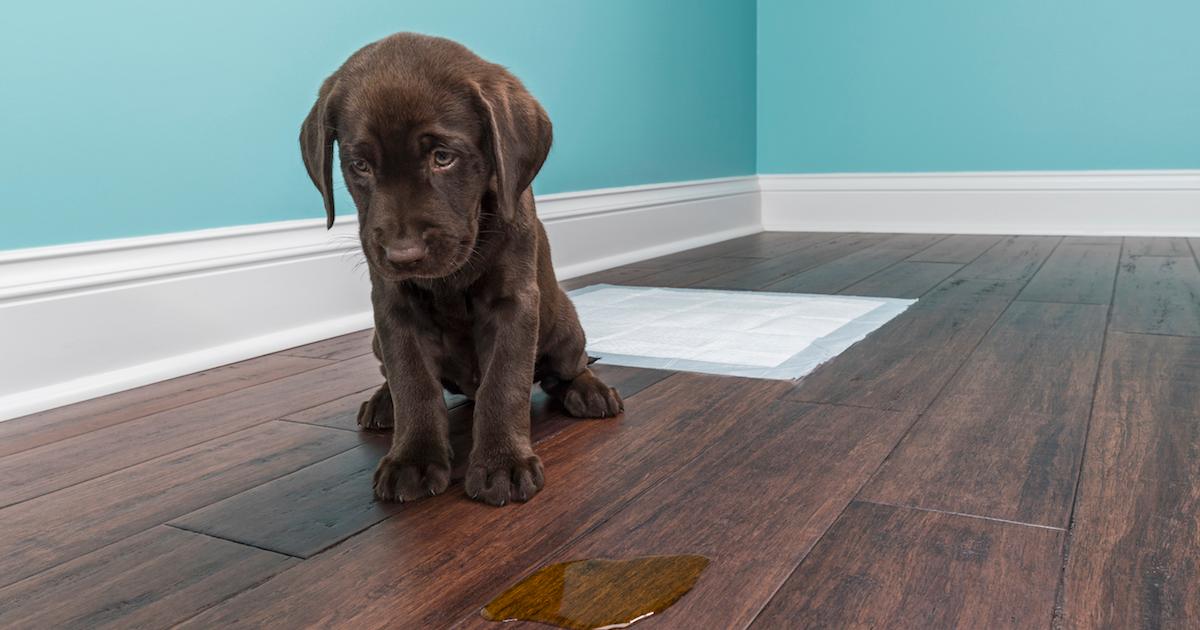Unboxing the Crate Training Basics That All New Dog Owners Should Know
Published Feb. 12 2021, 2:54 p.m. ET

There’s a reason that so many potential pet parents are reluctant to get a puppy. Puppies require a surprising amount of hard work and attention, especially when it comes to training them to go to the bathroom outside. Crate training is a proven technique towards fostering a sense of independence in your pup, and we’ve compiled some crate training basics for new dog owners that will help make a difficult process just a little bit easier.

What is crate training?
Those who don’t understand crate training assume that the process is little more than “caging up” their dogs as a punishment for going to the bathroom in the house. This could not be farther from the truth. According to Cuteness, dogs are natural den dwellers, which means they enjoy sleeping and resting inside small, enclosed places. In this way, the crate becomes a place of security and comfort, a place where they can feel safe and free from anxiety.
Crate training itself is the process of teaching a pet to accept the crate as a den substitute. According to the Humane Society, the process itself can be an important tool in housetraining dogs and preventing them from chewing on things. Housetraining is the big one though. Dogs don't like to soil their beds, and the crate can limit their access to other parts of the house while you work on that main piece of the new puppy process.
Crate training basics for new dog owners:

The following rules of thumb should be helpful for new pet parents that are looking to crate train their canine companions.
Rule 1: Never use the crate as punishment.
We will say it again, just in case: Never use the crate as a punishment for accidents, acting out, or anything else. If used incorrectly, crates can make dogs feel trapped and frustrated, which will wind up creating the wrong sort of results. Dogs who learn to fear the crate will probably never want to go near it and you’ll have to find another way to train outside bathroom behavior.
Rule 2: Don’t keep your dog in the crate for too long.
You should never leave your dog in the crate for too long. Too much time in the crate can wind up making your dog depressed or anxious. In puppies, too much time in the crate can deprive them of the necessary exercise and human interaction they need to become healthy, well-adjusted adult dogs. According to the Humane Society, puppies should only be crated for a maximum of three or four hours at a time, but the same rule applies for adult dogs that are being house-trained.

Rule 3: Make the crate comfortable.
Making the crate as comfortable as possible is a good way to convince your dog that it is more than just a cold, constricting cage. Crates should be large enough that the pup has enough room to walk back and forth and comfortable enough that they can lay down. A comfortable bed in the corner of the crate will help in making it feel like home.
The American Kennel Club recommends getting a crate that is durable, flexible, comfortable, and large enough for your pup to grow to their adult size. If your pup is very small but liable to grow quite a bit, consider dividing the crate at first. This will allow you to enlarge their potential space as they grow, and make it easier for your pup to understand the graduation process to larger and larger amounts of space inside your home.
Rule 4: Leave the crate open when you’re home.
The door to your dog’s crate should always be open when you are home. This will allow the dog to walk in and out of the crate at their leisure. In this way, the dog should begin to see the crate as their den and be happier to go inside without too much fuss. You can also enlarge your dog’s “crated area” by using a fence or barrier, thereby expanding access to other areas of your home.

Rule 5: Positive reinforcement is key.
Dog trainers all around the world agree that positive reinforcement is the key to getting a dog to learn proper behavior, as does the Humane Society. Giving your dog a treat while they are in the crate, specifically a treat that takes them a while to get through, should keep them stimulated enough to learn to enjoy the crate.
A puzzle toy with a treat inside or a wad of frozen peanut butter should keep them busy enough and help them associate time in their crate as an enjoyable activity. You could even incorporate games like fetch to highlight this positive reinforcement. Perhaps throw a ball into the crate while it’s open so that your dog has to go in and retrieve it.
Rule 6: Keep your dog uncollared.
According to Anna Flayton, a senior dog trainer that works for PUPS Pet Club in Chicago, dogs should never have any sort of collars or tags on them when they are in the crate. Collars and metal tags can get caught in the crate and cause the dog to strangle. It’s just a matter of safety.

Rule 7: Patience is a virtue, as is consistency.
Above all else, remember that crate training is a marathon, not a sprint. You should be prepared for at least six months of crate training. Dogs are not always easy learners, either, so be ready for ups and downs in terms. Sometimes it will feel as though the training is working and the next day, your pup winds up having an accident on the living room carpet. Keep at it and be consistent.
Consistency in training is just as essential here. If you reward them with a dog treat when they tinkle on the pee pad or in the yard, or if you reward them for going into the crate, then make sure that those continue to be reward-worthy behaviors. Switching tactics might seem like a good idea if things aren’t working, but if you do try that route, make sure there is some consistency within the confines of the following method as well.